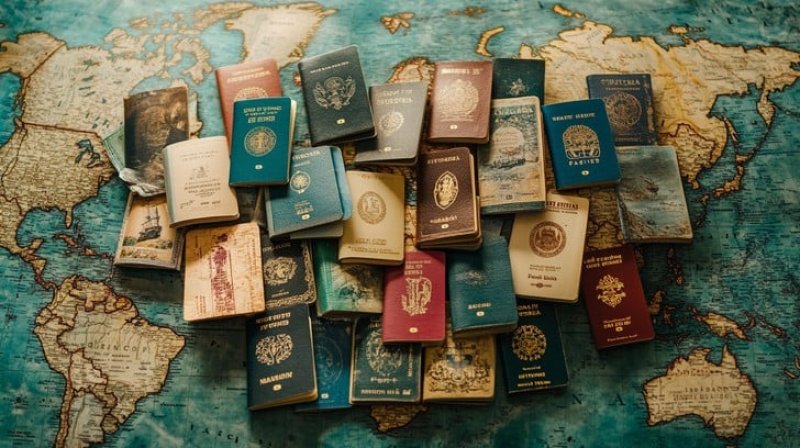
Globally, passports primarily fall into four color categories: blue, red/burgundy, green, and black. Each of these colors often holds unique symbolic, cultural, or political meanings. Here’s how countries decide:
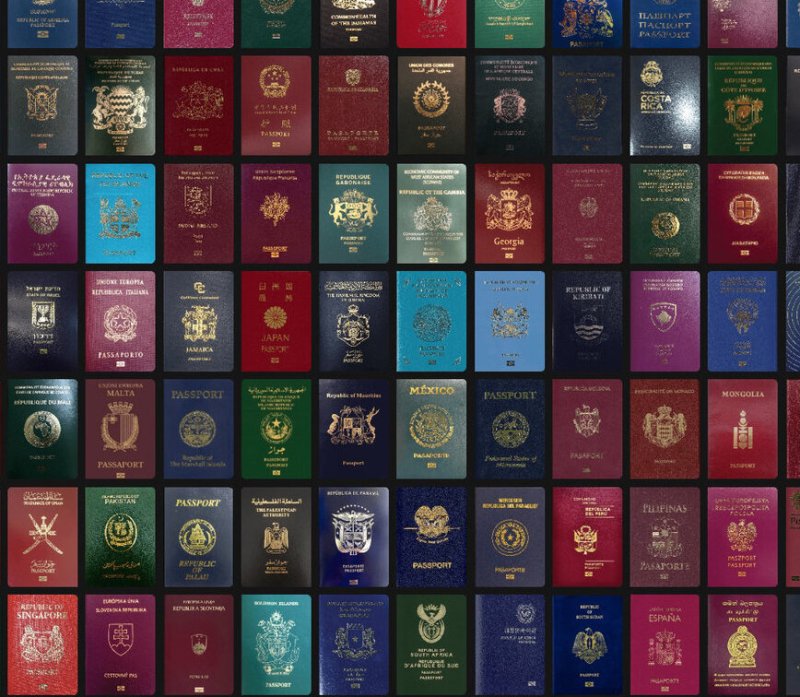 Global Passport Color Categories
Global Passport Color Categories
Blue passports often signify a connection to the “new world” or represent a country’s ties with economic groups. In the Americas, for example, the U.S. and much of South America use blue, as do many Caribbean nations. However, blue isn’t exclusive to the “new world.” Some African and Asian countries, like Israel and now Sri Lanka, have adopted it, too. Sri Lanka’s recent shift to blue marks a significant visual departure from the traditional Burgundy.
Red and burgundy are common among European countries, notably EU members, as a reflection of shared identity and regional unity. Switzerland and several Eastern European countries also use red. For Sri Lanka, the former burgundy passport color aligned with its national flag, symbolizing a distinct cultural connection.
Green is popular among Islamic nations due to its religious significance, as green is closely associated with Islam. Countries like Saudi Arabia, Pakistan, and Nigeria use green, along with some non-Islamic nations like Mexico and Taiwan, where green is chosen for unique cultural or political reasons.
Black is the rarest passport color, and it often symbolizes practicality as it hides dirt and contrasts well with national crests. Countries with black passports include New Zealand, where black is a national color, and several African countries like Malawi and Angola.
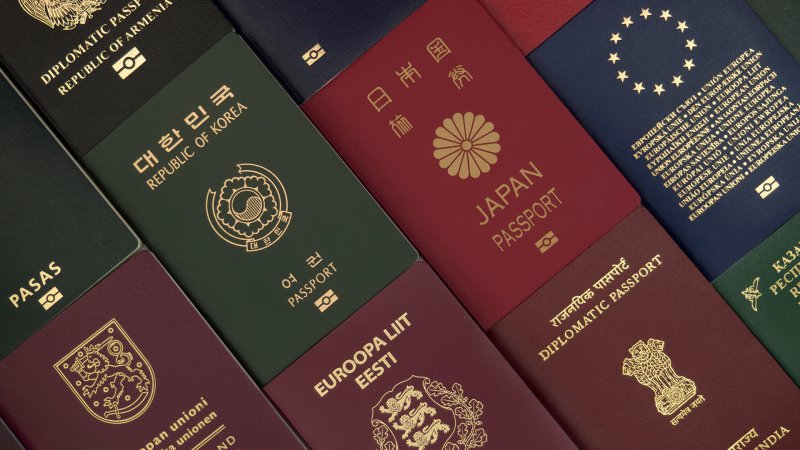 Prioritizing National Languages in National Passports
Prioritizing National Languages in National Passports
The shift to prioritize English over Sinhala on the new Sri Lankan passport cover is also stirring discussions. Historically, Sri Lankan passports prioritized Sinhala, the primary national language, followed by Tamil. The new design places English first, with Sinhala and Tamil in secondary positions. This change has led to a debate over how Sri Lanka should represent itself on an international scale.
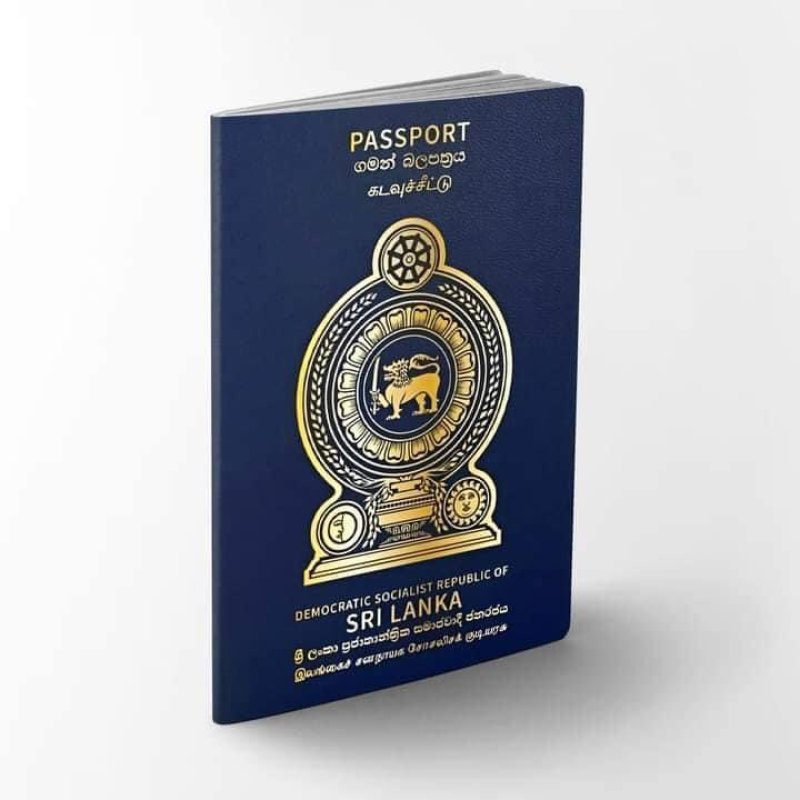 New Sri Lankan Passport
New Sri Lankan Passport
Supporters for English Priority argue that Sinhala and Tamil being national languages along with English and prioritizing the Sinhala language over the Tamil language is not suitable and prioritizing the English language is a better option, and English, as a widely spoken international language, strengthens Sri Lanka’s global identity and ease of recognition. Since English is used in many official documents and internationally binding agreements, having it prominent on the passport aligns with global norms.
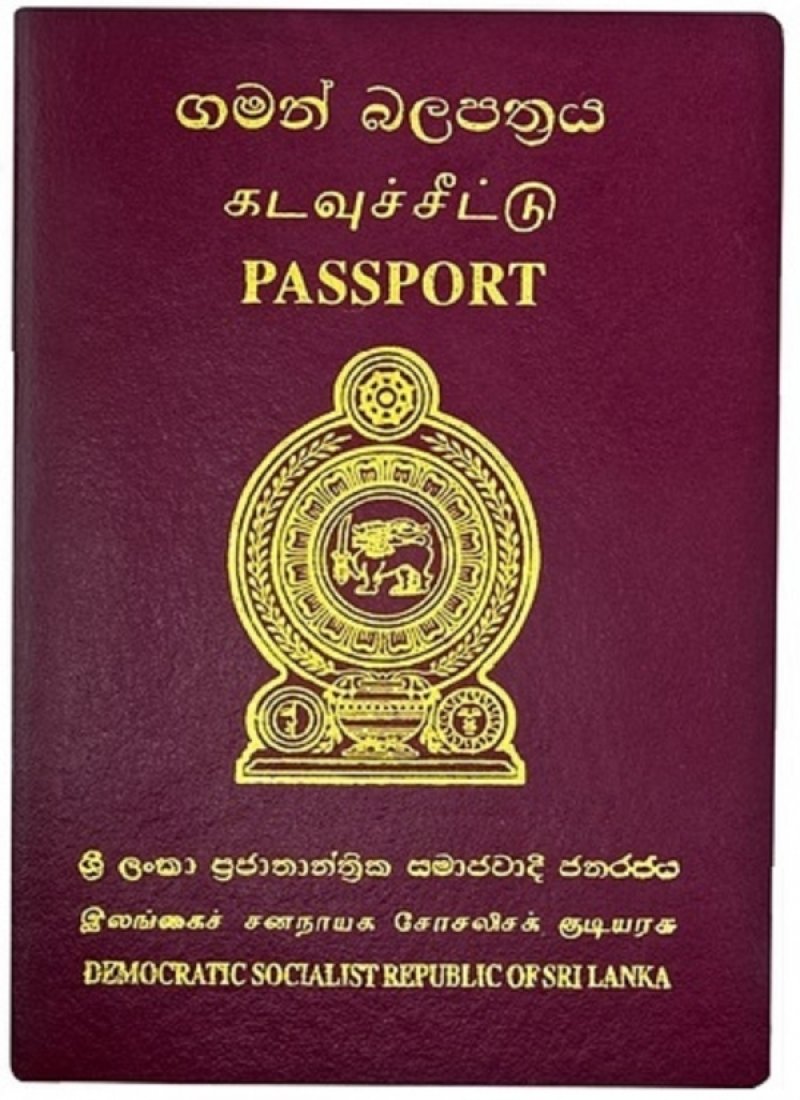 Old Sri Lankan Passport
Old Sri Lankan Passport
Supporters of National Languages Priority believe that Sinhala and Tamil, as Sri Lanka’s official languages, deserve prominence as a matter of national pride and identity. They argue that the passport represents the country’s sovereignty and pride, and showcasing national languages reaffirms Sri Lanka’s unique cultural heritage. They say there is concern in society about this sudden change and the geopolitical factors behind it.
The new passport design has practical implications as well. International travelers may find English prioritization helpful in terms of readability, as English serves as a common language at airports and customs worldwide.
However, many countries in the world prominently feature their national language and national colors on passports as the most important document representing someone's nationality, identity, and recognition overseas. Many believe that the passport should represent a country's sovereignty and pride to the World.